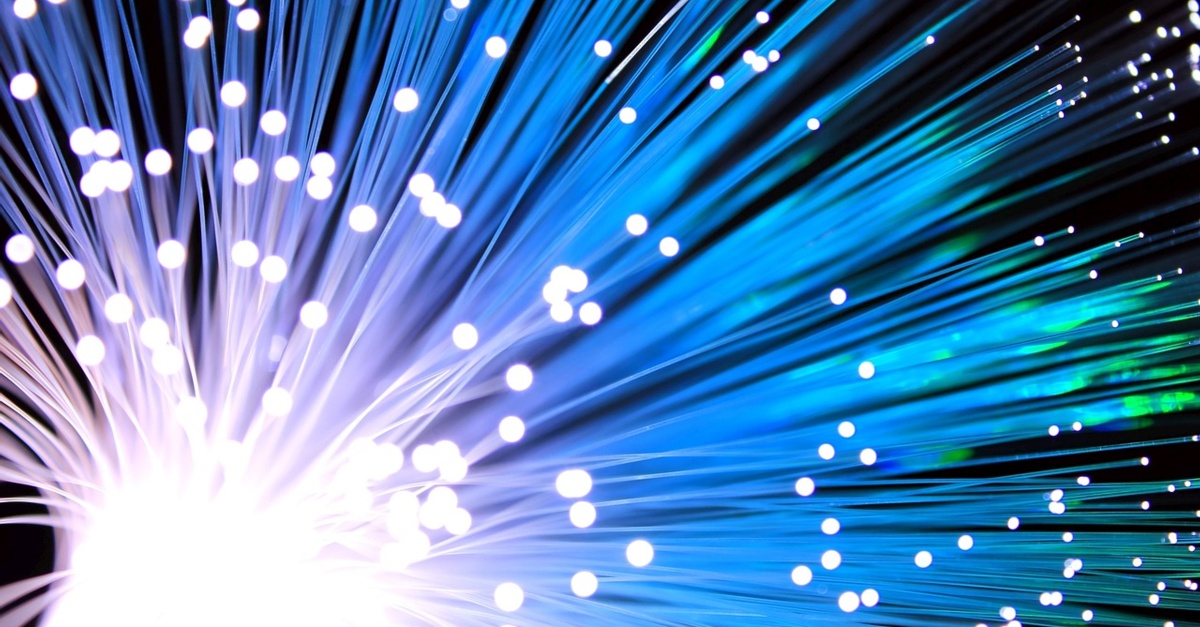Fibre optic is becoming the connection stream running across nodes that set up today’s internet space. From domestic to national and international fibre optic networks, anyone from Brazil could visit the London internet with clicks, if they know the procedures and what social media account to follow. More than that, fibre optic technology applies to a wide range of fields and enhances the super speed they offer. Malaysia since 1987 with its first internet service is growing stronger in providing optic fibre services.
Fibre optic Malaysia are taking steps in improving the penetrating levels, with West Malaysia now covered by it.
Fibre optic explained

Fibre optic is the use of light to transmit information, sounds, and waves,… through glass or plastic fibre wire.
One fibre optic line consists of protection layers and an abundant amount of glass fibre that fluctuates from a few to hundreds of them. Most of the time, due to their transmit speed, they are used for long-distance communication. With its light transmission, light pulses or photons will run through the fibre core under a zig-zag formation called total internal reflection at about 30% slower than the speed of light.
However, in case the signal got weaker due to the long-distance transmission, a repeater deployed at different stages along the line will collect, convert it into electrical signals, and retransmit the light signals – photons. Transmitting signals and connecting information across Malaysia by fibre optic Malaysia.
Differentiate between optics

Currently, there are 2 types of optics on the market.
Single-mode fibre: is used for long-distance transmission due to its small fibre diameter which reduces the chance of weakening the signals and repeaters’ requirement. Since the information transmitted through this fibre comes from strong laser beams that acquire a precise calculation beforehand. Making it more expensive than multimode fibre optic.
Multimode fibre: is used for short-distance transmission as an opposite of Single-mode fibre. Its core diameter is bigger, allowing lights to bounce in a much larger quantity. Facilitating more data to go through, also increases the possibility of losing signals or interferences. Multimode fibre uses LED light to achieve its light pulse signals.
What makes optical fibre more preferable than traditional copper wire?
Pros
- As mentioned above, optical fibre transmits information at about 70% the speed of light. Making it a more efficient and convenient choice.
- They have a bigger bandwidth.
- They cannot or almost are free from electronic or magnetic interference.
- Use less signal boost outlets than copper wire.
- Longer using time and demands less maintenance.
Cons
- More expensive than copper wire
- Asking for stronger protection methods that leads to labour intensive tasks whenever issues occur.
Which field do people apply optic fibre into?
Communication: We could see it visually from TV signals, broadcasting networks across the country, and the internet with optic fibre cables running across oceans.
Military & Space technology: Due to its lightweight nature and high-speed transmission, optical fibre is the best fit for crafting weapons, rocket techs, and satellite creation.
Medical: with its high speed and precision in sending and receiving information, this technology has been widely implanted into the medical industry with examples from surgeon robot arms.

